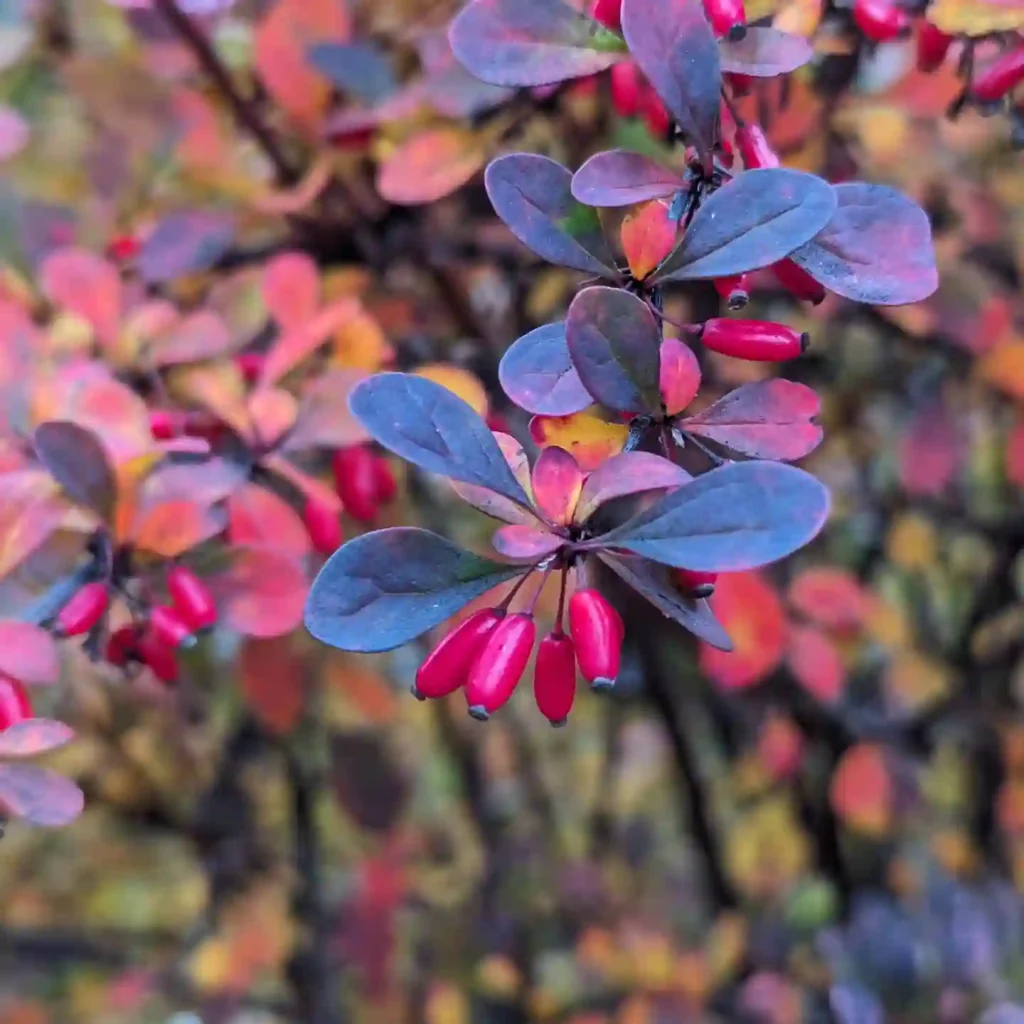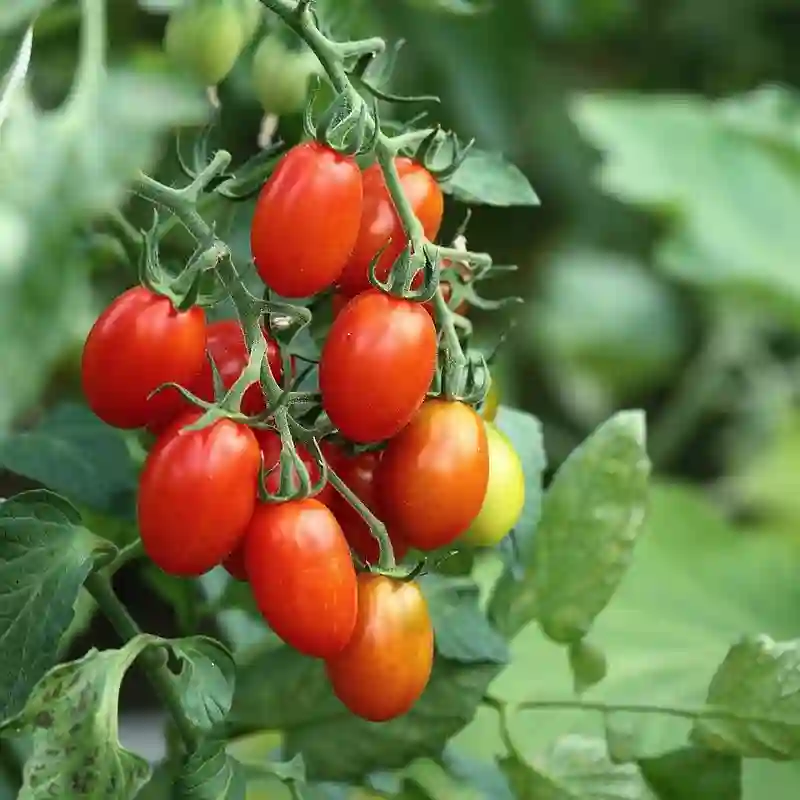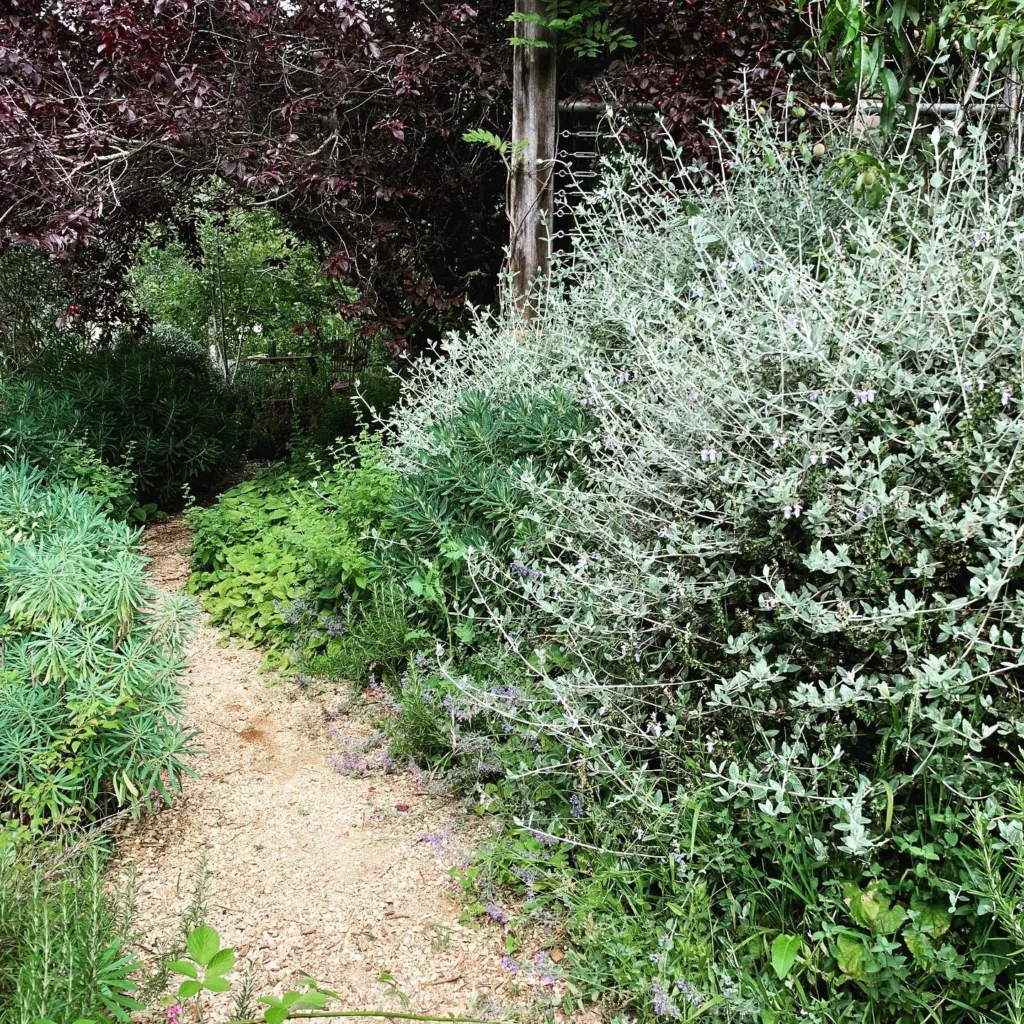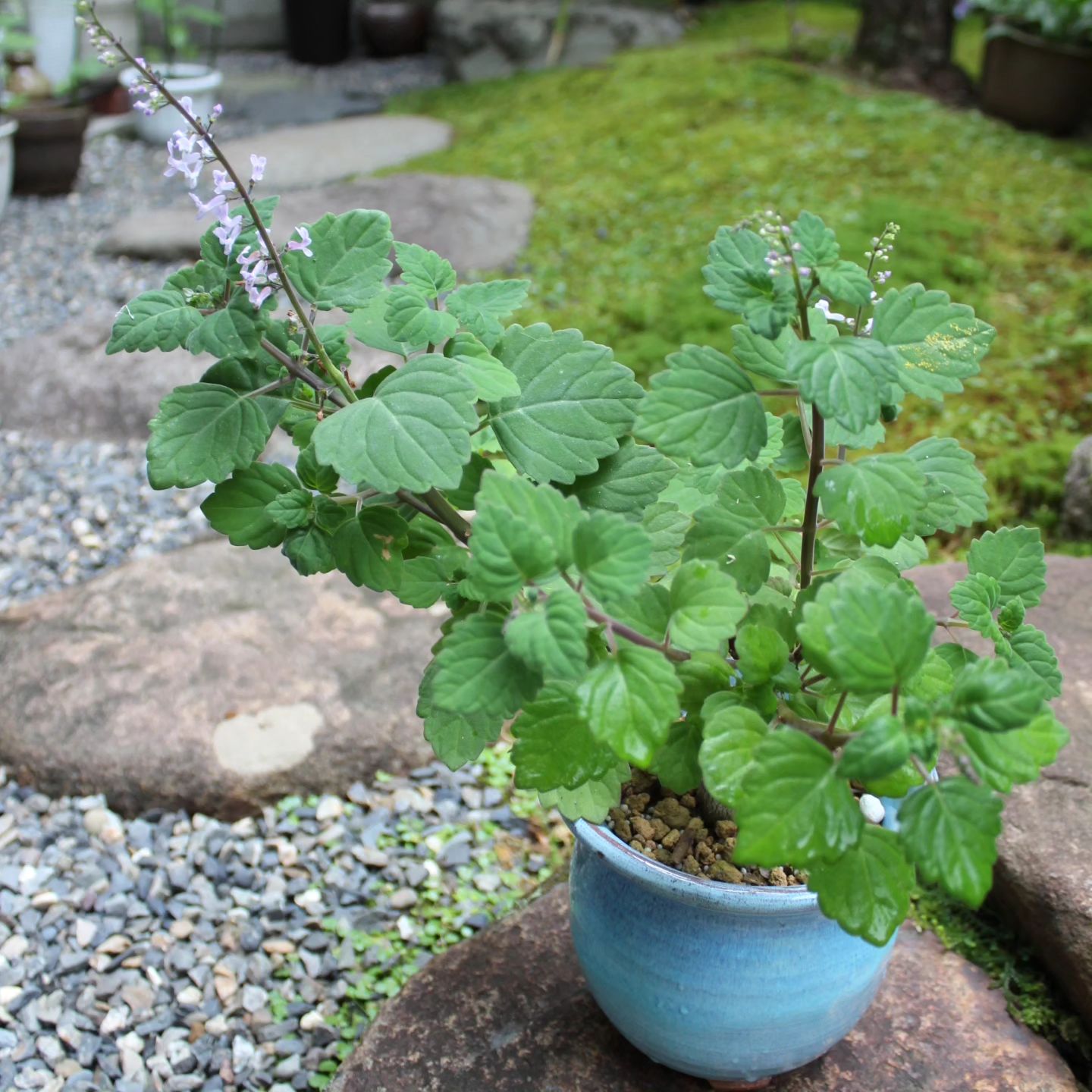My Sticky Situation with Mimulus Aurantiacus: A Gardener’s Tale
Ah, Mimulus aurantiacus synonym of Diplacus aurantiacus, the sticky monkey flower. The name itself conjures images of playful primates tangled in its grasp, but fear not, plant lovers! This California native offers far more charm than chaos. Vibrant orange blooms erupt from the bush throughout the growing season, a dazzling display that attracts hummingbirds and butterflies like a siren song. But my journey with this charismatic shrub wasn’t all sunshine and rainbows. There were sticky moments, both literal and figurative, as I learned the intricacies of its care.
The Allure of Mimulus Aurantiacus: A Californian Charmer
The first time I encountered Mimulus aurantiacus was at a local botanical garden. Its cheerful orange flowers cascaded over a sunny slope, a captivating display that stopped me in my tracks. I had to have this little Californian charmer in my own garden. Researching this beauty, I discovered it thrives in our Mediterranean climate, needing minimal fuss and attracting delightful pollinators. It was everything I craved in a flowering shrub – low-maintenance, visually stunning, and an ecological asset. Sold!
Planting My Sticky Companion: A Match Made in Sun-Drenched Soil
Planting Mimulus aurantiacus was a straightforward affair. I found a spot with well-draining soil that received plenty of morning sun, mimicking its natural California habitat. A quick excavation, a gentle placement of the plant, and a good watering – and my monkey flower was on its way. The foliage, a deep emerald green with a slightly sticky texture, added a touch of whimsy to the garden bed far beyond the typical green foliage. This “stickiness,” I later learned, was a natural defense mechanism, deterring pesky insects from enjoying the plant’s bounty.
Does Mimulus Aurantiacus Go Dormant?
As winter approached, a wave of worry washed over me. Would my Mimulus aurantiacus survive the cooler temperatures? After some investigation, I learned that this little shrub is somewhat evergreen in mild climates like mine. While the flowering might slow down during the coldest months, the foliage typically persists. A sigh of relief – my sticky friend wouldn’t be disappearing entirely. This knowledge empowered me to provide the right winter care, ensuring it would continue to grace my garden throughout the year.
How to Care for Mimulus Aurantiacus?
Caring for Mimulus aurantiacus turned out to be delightfully simple. Regular watering, especially during hot spells, kept the plant happy. A light feeding with a balanced fertilizer in spring encouraged new growth and bountiful blooms. To maintain a bushy shape and promote more flowers, I occasionally pinched back the stems. This simple pruning technique not only controlled the plant’s growth but also resulted in a more aesthetically pleasing, compact shape.
A Haven for Pollinators: A Symphony of Buzzing and Fluttering
One of the greatest joys of having Mimulus aurantiacus in my garden has been the constant hum of activity. Hummingbirds, with their iridescent wings flashing in the sunlight, flitted from bloom to bloom, their long beaks perfectly adapted to extracting nectar from the tubular flowers. Butterflies of all shapes and sizes lingered on the vibrant orange blooms, their delicate wings adding a touch of magic to the scene. My little patch of orange had become a haven for these precious pollinators, a vibrant testament to the interconnectedness of the natural world.
Sharing the Sticky Love: Propagating the Joy
Mimulus aurantiacus propagates easily, offering the chance to share its beauty with fellow gardening enthusiasts. Seedlings sprouted readily, their tiny green leaves a promise of future blooms. Softwood cuttings, taken in spring, rooted quickly in pots filled with moist potting mix. Soon, I had a happy little collection of sticky monkey flower babies, ready to brighten other gardens. Distributing these plantlets became a source of immense satisfaction, knowing I was helping to spread the joy of Mimulus aurantiacus in the community.
Beyond the Basics: Cultivating a Thriving Mimulus aurantiacus
While Mimulus aurantiacus thrives with minimal care, there are a few additional steps you can take to cultivate a truly exceptional specimen. Deadheading, the removal of spent flowers, encourages continuous blooming throughout the season. Additionally, mulching around the base of the plant helps retain moisture and suppress weeds. For a truly stunning display, consider companion planting with other California natives. Lavender, with its fragrant purple blooms, creates a delightful color contrast. California sage, with its silvery foliage, adds a touch of texture and provides a haven for beneficial insects.
Conclusion: A Sticky Success Story with Lasting Impact
My initial trepidation about Mimulus aurantiacus has blossomed into a love affair. This charming, low-maintenance shrub offers a vibrant splash of color, attracts fascinating pollinators, and adds a touch of whimsy to the garden. With a little TLC, Mimulus aurantiacus can become a sticky success story in your garden as well. Just remember, a little research and some basic care go a long way in keeping this California native thriving. So, why not give Mimulus aurantiacus a try? You might just find yourself pleasantly surprised. Not only will you be rewarded with a visually stunning plant, but you’ll also be contributing to a healthy ecosystem by providing a vital food source for hummingbirds and butterflies. The journey with Mimulus aurantiacus, from initial curiosity to newfound appreciation, has been a delightful reminder of the simple joys of gardening. It’s a testament to the power of nature to surprise, inspire, and bring a touch of sticky sweetness into our lives.
If i die, water my plants!



